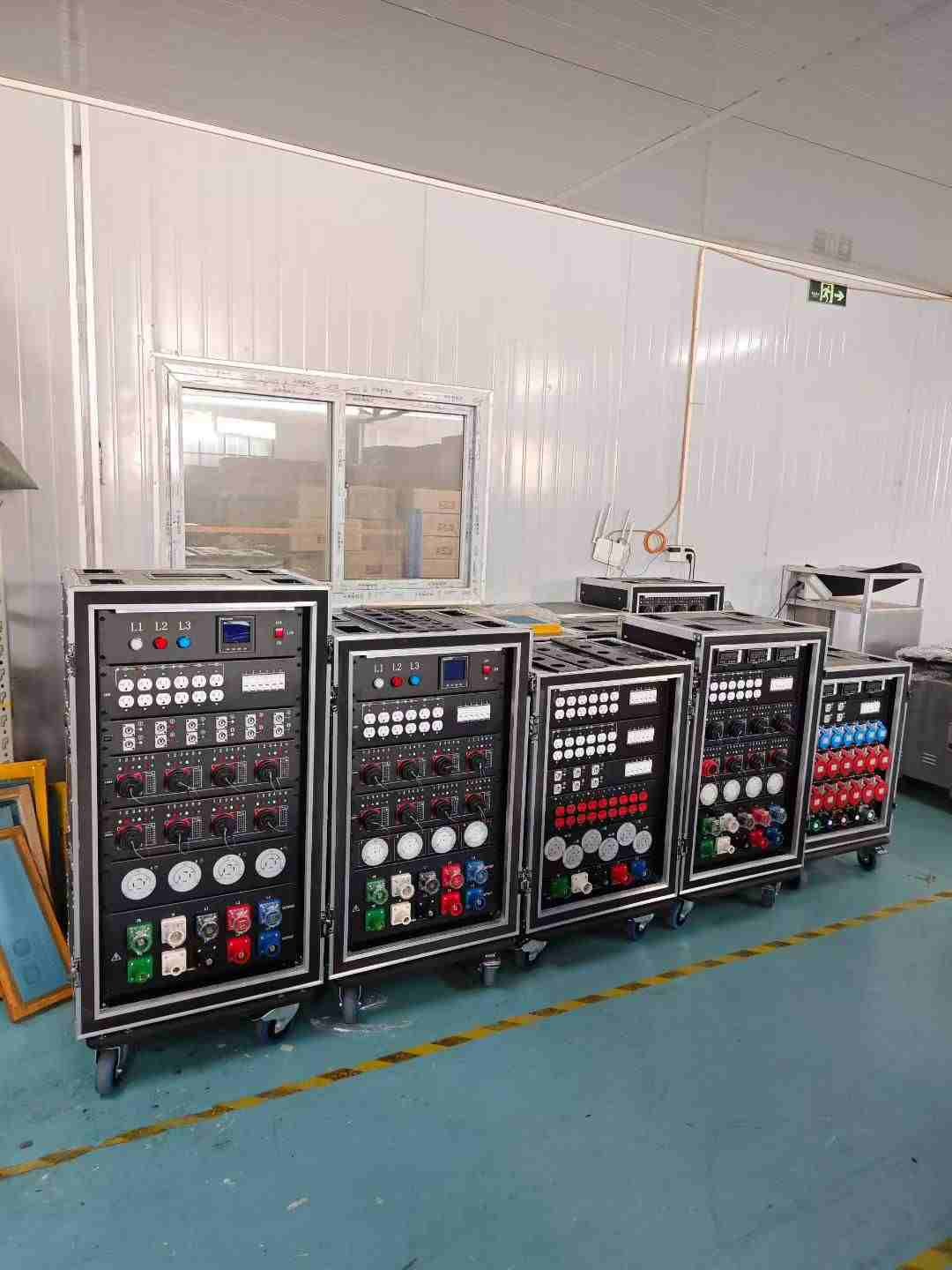5 Tips for Organizing Your Rack Case for Easy Access and Efficiency
Rack cases are invaluable tools for professionals who rely on organized and protected equipment, especially for live events and studio setups. A well-organized rack case enhances workflow, ensuring that you have easy access to essential gear when you need it most. Here are five practical tips to streamline your rack case organization for optimal efficiency.
1. Plan Your Rack Layout Before Installation
One of the best ways to ensure a functional rack case setup is by planning the layout before installing equipment. Start by considering which devices need easy access and which can be more permanently mounted. Keep frequently used items, like power amps or interfaces, within easy reach, while items that require less maintenance can go lower or deeper in the rack case. This step will also help reduce time spent adjusting later on.
2. Label Everything Clearly
A well-labeled rack case prevents confusion during setups and tear-downs, particularly when multiple pieces of gear look similar. Label cables, connectors, and front panels with durable, easy-to-read labels to reduce the chances of plugging cables into the wrong ports. Additionally, labeling prevents unwanted downtime, especially in high-stress environments like concerts or large events. Remember, clear labeling ensures that both you and your team can find the right component quickly, boosting overall efficiency.
3. Implement a Cable Management System
Cable clutter can easily slow you down and create risks of accidental disconnection. To avoid this, set up a cable management system within your rack case. Use cable ties, Velcro straps, or clips to keep cables organized, separated, and away from hot or vibrating components. Keeping cables neatly bundled and labeled helps not only with functionality but also with identifying issues should a problem arise.
4. Optimize for Portability and Safety
When arranging your rack case, keep portability in mind. Choose sturdy casters or a case with easy transport handles if you frequently move your equipment. For stability, place heavier items toward the bottom of the case to prevent tipping. Lightweight rack cases can be helpful for on-the-go setups, but always ensure they are rugged enough to protect your gear. Keeping weight distribution balanced and equipment secure ensures safe transport and easy handling.
5. Regular Maintenance and Reorganization
Periodic reorganization and maintenance of your rack case can prevent wear and tear. Schedule time every few months to check cable integrity, ensure labels are still legible, and inspect each piece of equipment. This allows you to address minor issues before they become major disruptions, ensuring smooth operations. Additionally, reorganizing as your equipment evolves or your needs change helps keep the rack case layout efficient and up-to-date.
Conclusion
A well-organized rack case improves your efficiency and safeguards your valuable equipment during both transport and setup. With a thoughtful layout, reliable cable management, and regular upkeep, your rack case can streamline your workflow and keep your equipment ready for any event. SX offers rack cases designed for durability and easy customization, making them ideal for professionals who value both protection and organization.





